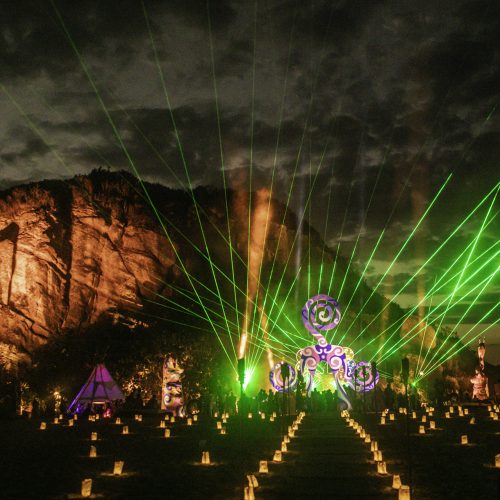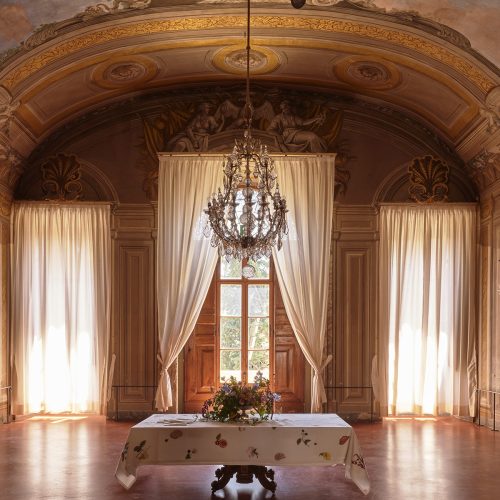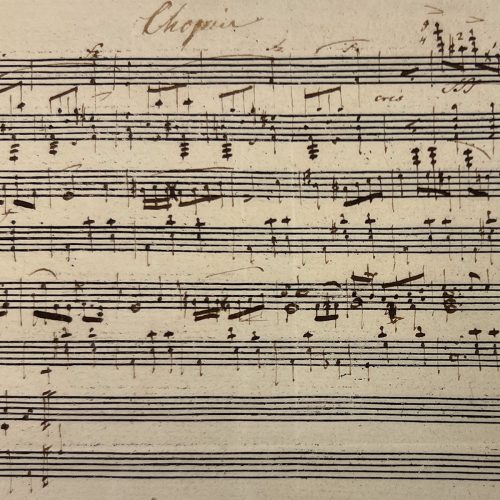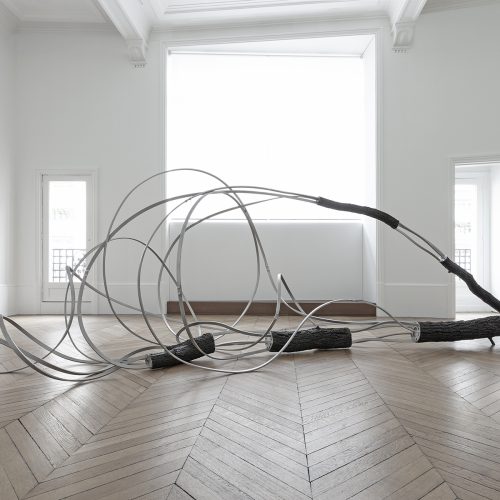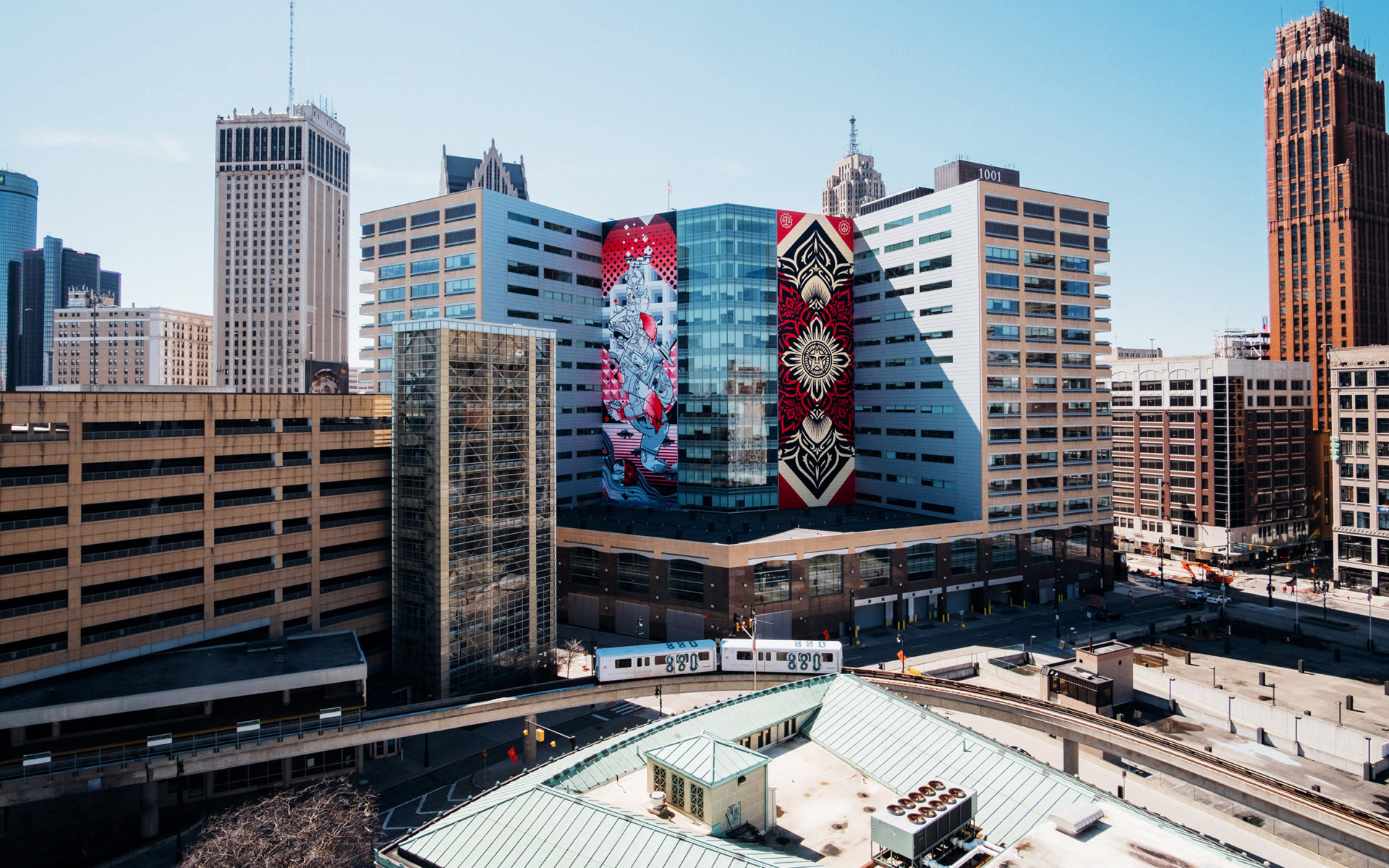

How JJ and Anthony Curis are Energizing Detroit’s Art Scene
The founders of Library Street Collective reveal how it became a symbol of the city’s renaissance
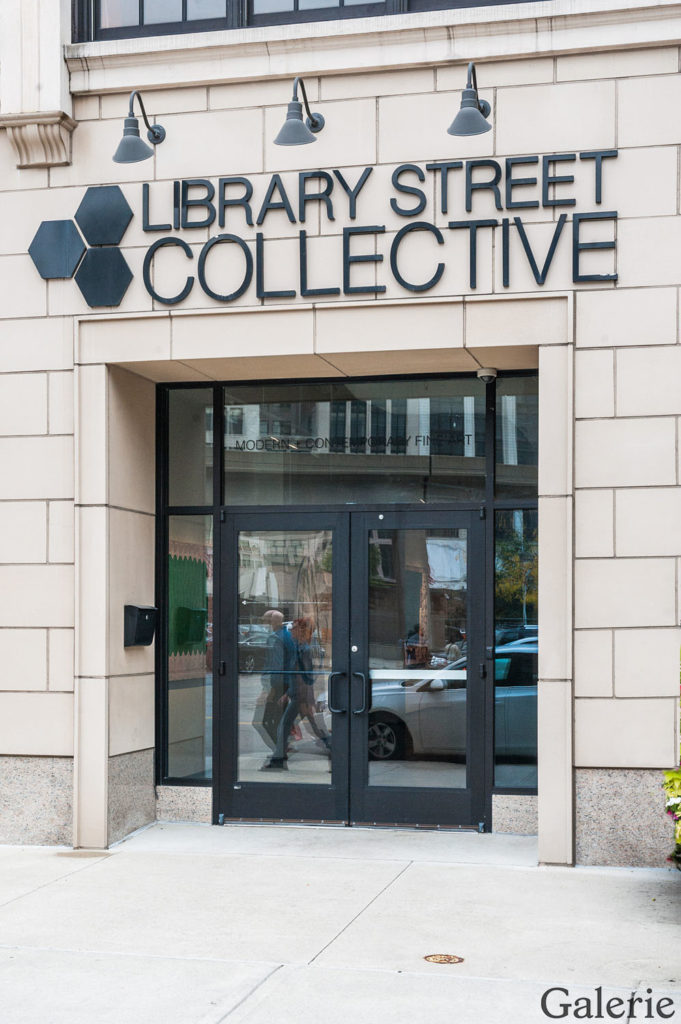
Library Street Collective’s JJ and Anthony Curis didn’t intend to become art gallerists. In 2011, Anthony’s real-estate development company was refurbishing a derelict building in downtown Detroit, outfitting it with a restaurant space, when the deal with a tenant fell through just as the job was finishing. Complicating matters was the city’s descent into bankruptcy, creating a climate of uncertainty. “There we were, left with an empty space,” Anthony recalls. But not long before, he and his wife had started collecting. “We were having a lot of fun with it,” he says. “So we had this insane idea of let’s open a gallery.”
Over the previous 30 years, many of Detroit’s art galleries had moved out, along with other businesses, accompanied by the urban flight the city famously endured. But in the midst of the financial crisis, a growing wave of enterprising, community-minded artists, curators, and dealers began laying the groundwork for a dynamic new art scene, one that would help revitalize Detroit as a creative hub. Sensing an opportunity, the Curises decided to test the idea of what a commercial gallery could be. In October 2012, the couple opened Library Street Collective on their building’s ground floor with a show of mixed-media paintings by well-known graffiti artist Jason Revok, underscoring their focus on street art—both inside the gallery and beyond. From the outset, the idea was that Library Street’s mission would extend to public art projects that would serve as a driver for and a symbol of downtown Detroit’s renaissance.
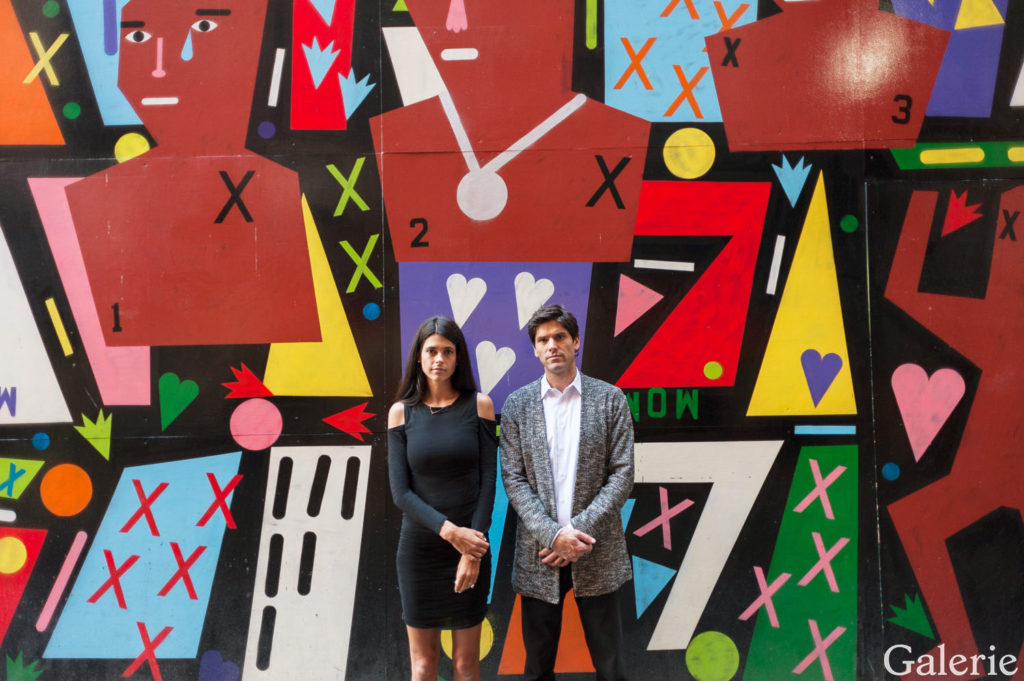
“We just knew we had to get out of the mold of a traditional gallery,” says JJ, who used to work as an accountant. “By having additional programming beyond a regular gallery space, we knew that we could reach a larger group of people.” Adds Anthony, “It was about our desire to find opportunities not only for artists but also some beautification efforts in the city that, at the time, were much needed.”
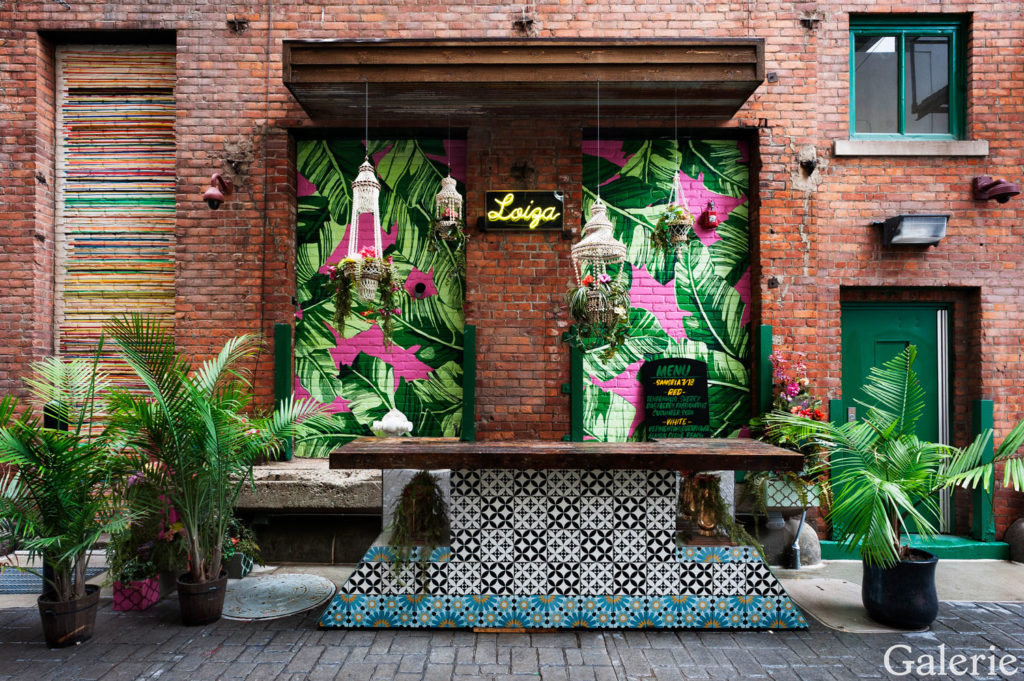
For Library Street’s first public art project, in 2012, the couple commissioned 27 local and international artists—including prominent names like Adrian Falkner and Maya Hayuk—to paint murals on and inside the Z parking garage downtown. Overnight, the garage became a popular (and Instagram-friendly) destination. “You might not think a parking garage could spark activity in a neighborhood,” says Anthony, but it did, leading to a similarly successful project in a nearby alleyway. Called the Belt, this pedestrian space was covered with murals and installations by artists on Library Street’s roster, including rising local star Tiff Massey, who created the sculpture Facet, a chainlike link of rusticated steel. The Belt has since become a site for concerts and exhibitions that change once a year; in 2015, a display of works by street-art star Shepard Fairey attracted nearly 10,000 visitors the day it opened.
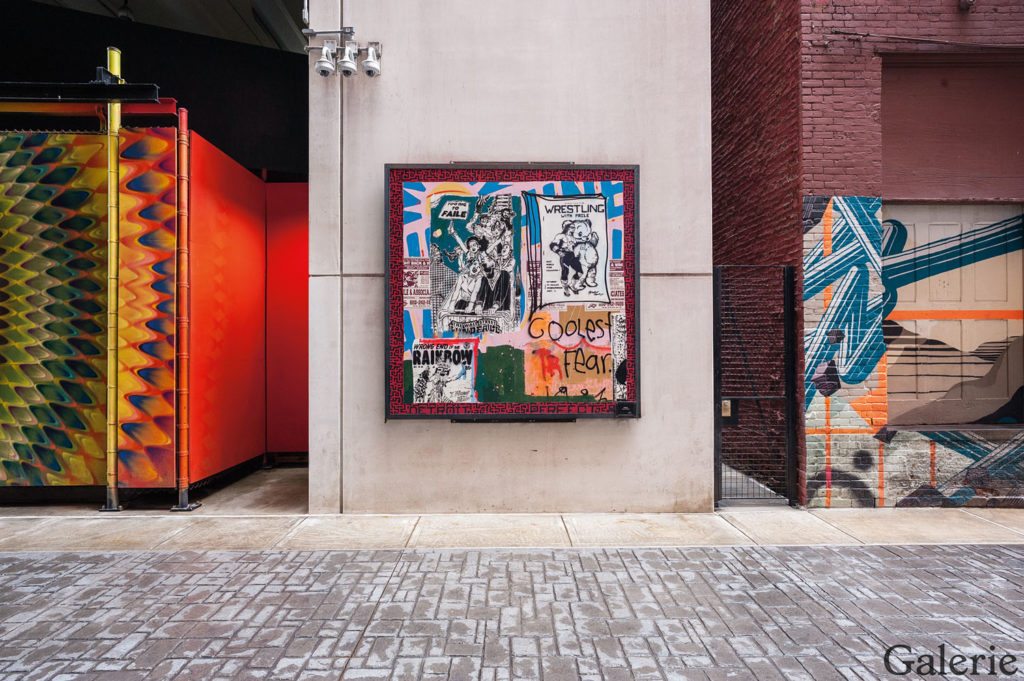
Library Street’s activities haven’t escaped the attention of Detroit museums. In 2016, the Detroit Institute of Arts partnered with the Curises to bring an installation by artist Caledonia Curry, better known as Swoon, to the museum’s Great Hall. Named after Thalassa, the Greek goddess of the sea, the 20-foot-tall work was a response to climate change and other environmental concerns. The installation coincided with a show at Library Street’s gallery as well as the unveiling of an outdoor mural Swoon created in Detroit’s Jefferson-Chalmers district. It was a perfect example where “the public could see the art in a museum and out in the community,” Anthony says.
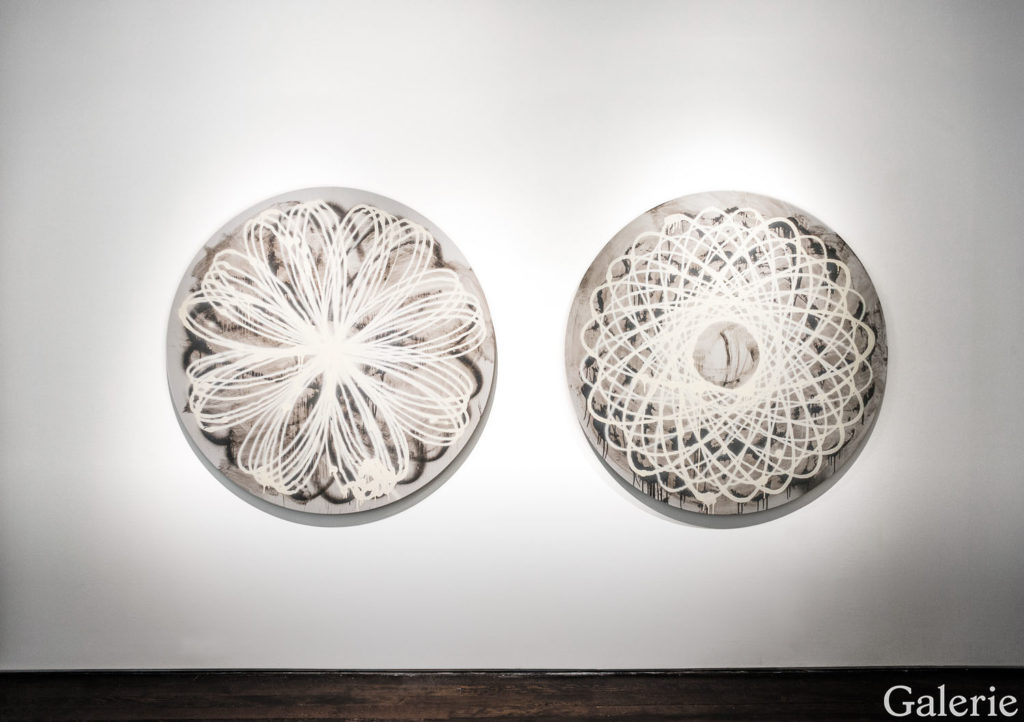
A similar strategy was used for a recent project the couple did with artist Ryan McGinness and legendary skateboarding pro Tony Hawk: Wayfinding, a 4,600-square-foot public skate park in downtown Detroit that was designed by Hawk and embellished with art by McGinness. Open until the end of 2017, the project is a collaboration with the Cranbrook Art Museum, in the suburb of Bloomfield Hills, where the show “Ryan McGinness: Studio Views” runs through March 18.
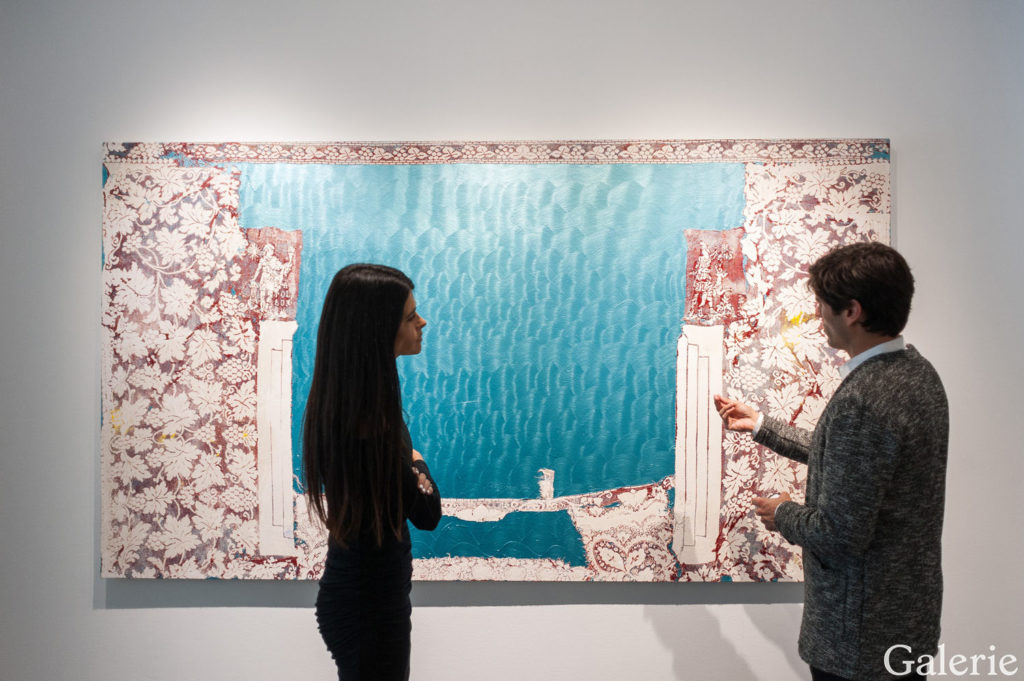
“There have been things happening in Detroit for a long time in the arts, even in public art, that have been inspirational for us,” says Anthony, who notes that next year Library Street Collective is commissioning the re-creation of 14 historic Detroit murals that were painted by artists such as Alvin Loving and Charles McGee in the 1970s but were later destroyed. “We always want to think out of the box and do something different,” adds JJ. “We love the fact that with public art the entire city of Detroit has the opportunity to see it.”

